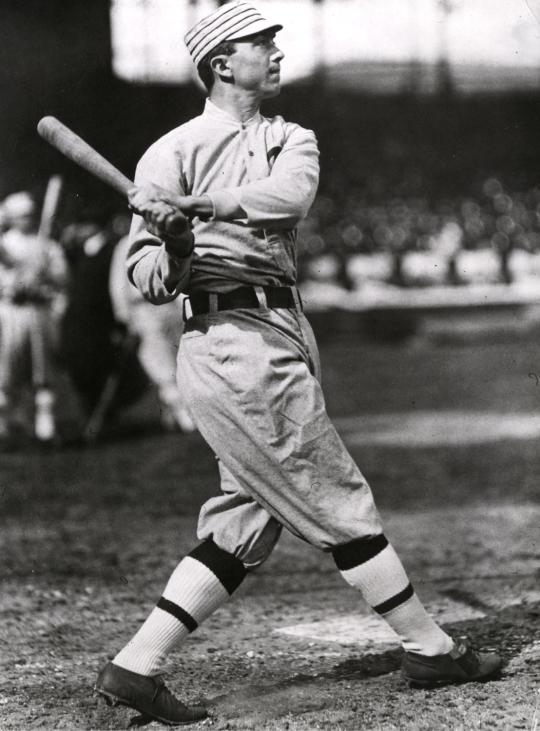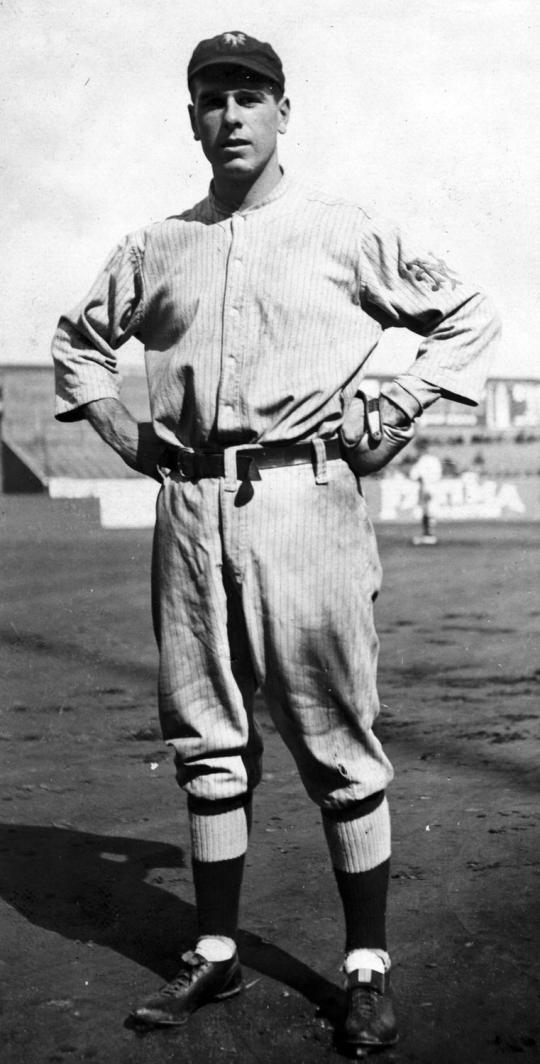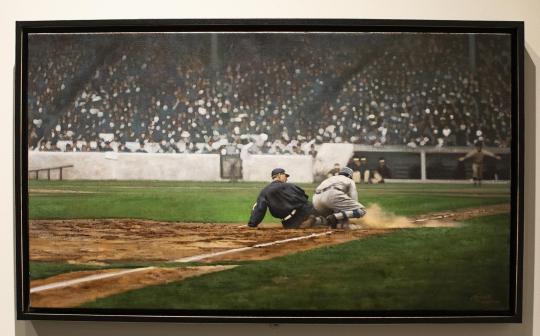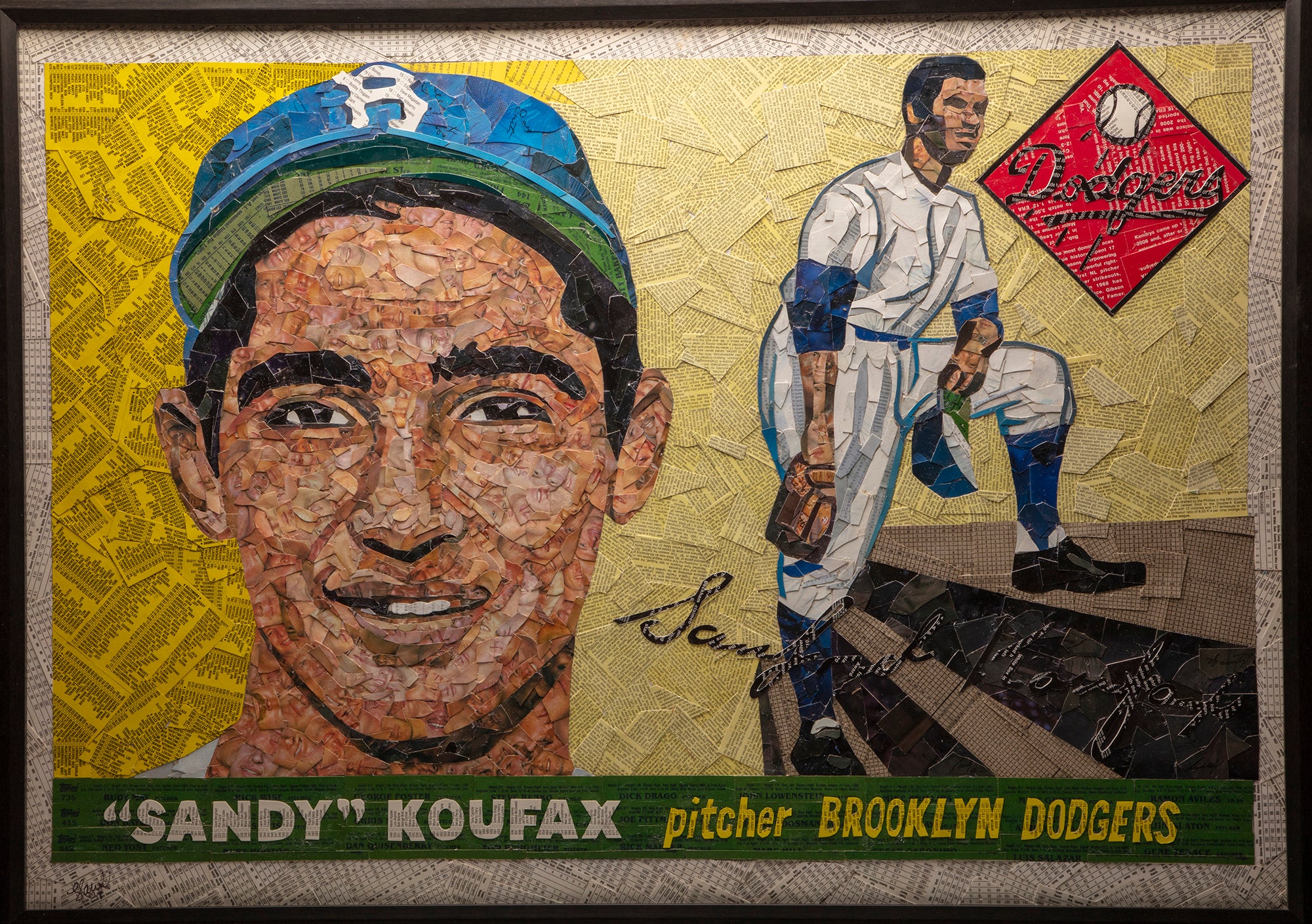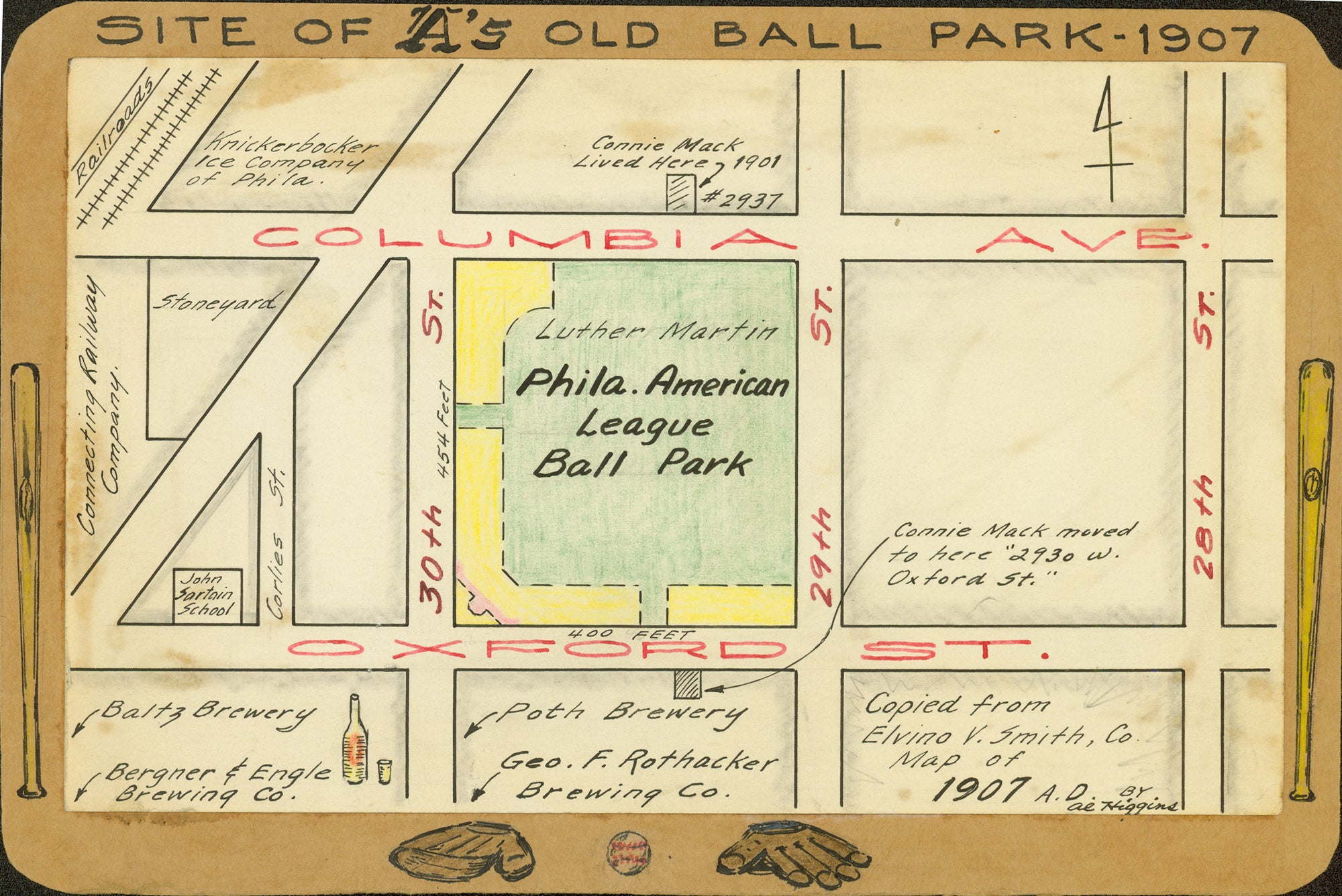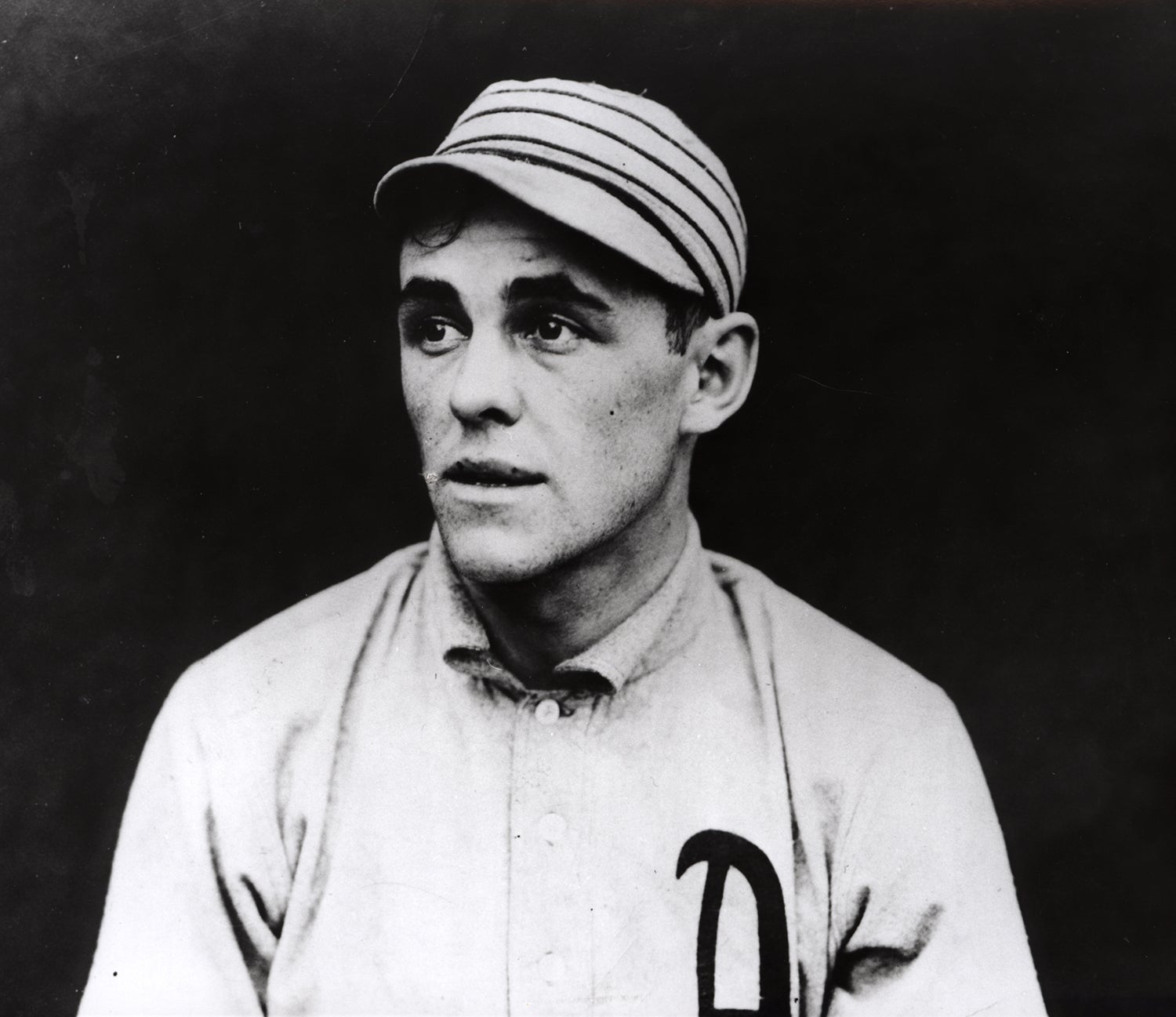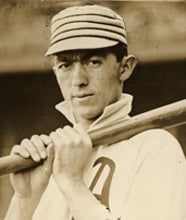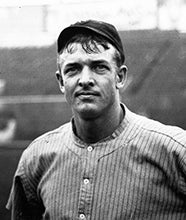- Home
- Our Stories
- #Shortstops: Painting America’s Pastime
#Shortstops: Painting America’s Pastime
Graig Kreindler refers to himself as the painter of the National Pastime.
So it’s only fitting that his work would be on display at the National Baseball Hall of Fame and Museum.
Thanks to Kreindler’s recent donation, his painting, “Target of Fans’ Scorn,” is now on display in the Museum’s Frank and Peggy Steele Art Gallery.
Hall of Fame Membership
There is no simpler, and more essential, way to demonstrate your support than to sign on as a Museum Member.
The painting, which was originally commissioned by Bloomsbury Press for the cover of Maury Klein’s 2016 book Stealing Games: How John McGraw Transformed Baseball with the 1911 New York Giants, depicts a significant moment in the 1911 World Series.
In the image, New York Giants center fielder Fred Snodgrass slides into Hall of Famer and Philadelphia Athletics third baseman Frank “Home Run” Baker, spiking Baker while attempting to steal third and cutting Baker's arm in the process. The throw from catcher Ira Thomas to Baker was a good one, but Snodgrass was called safe after Baker dropped the ball. Baker was charged with an error, and time had to be called in the game following the play so his hand could be bandaged.
The play, which took place in the bottom of the sixth inning of Game 1 with the score tied 1-1 at the Polo Grounds, marked the first of two times Snodgrass would spike Baker in the series, angering fans who deemed his actions unsportsmanlike.
While the Giants went on to win Game 1, 2-1, Baker got his revenge for the play later in the Fall Classic. He delivered two pivotal home runs for the Athletics in Games 2 and 3, and Philadelphia went on to win the series at Shibe Park in Game 6.
For Kreindler, having a piece of his work on display in the Hall of Fame is a dream come true. The Rockland County, N.Y., native was named after former Yankees third baseman Graig Nettles and frequently went to games at Yankee Stadium throughout his childhood.
Kreindler began drawing at an early age, but it wasn’t until he discovered his father’s baseball card collection, which consisted largely of illustrated cards from the 1940s and 50s, that he connected his love of drawing with his love of baseball.
“That kind of had a profound effect on me and led me to what I’m doing today,” Kreindler said. “I don’t know if something kind of clicked subconsciously, but I guess I started to think, ‘Oh, I could do this.’”
He continued drawing baseball players for fun, later enrolling at the School of Visual Arts in New York City with the intention of becoming a science fiction and fantasy book cover illustrator. But an assignment in his senior portfolio class brought him back to baseball.
“The teacher gave the class an assignment to illustrate a relationship,” Kreindler said. “For whatever reason, one of the first things I thought of was the relationship between a pitcher and a batter.”
He decided to paint Mickey Mantle, and the finished product was a big hit with his professor and classmates.
“I ended up giving it to my dad and he loved it, and I loved making it,” Kreindler said. “Everything about it, I just absolutely loved. The research, the process, the diving into history and trying to bring something back to life. Bringing it back into focus was just such an appealing thing to me.”
It was then that Kreindler realized that baseball painting was a real career path he could pursue. Still, one last detour led him to begin pursuing a master’s in education, as he was unsure if there would be a future in the art world for the kind of work he did. A random bit of positive press from The New York Times in 2007 jumpstarted his career, and he’s been painting baseball players ever since.
Kreindler is meticulous in ensuring that every one of his works is as historically accurate as possible. He hopes that as a result, people who see his work will be transported back in time to learn about some of the great moments in baseball history.
“The thing that I really try to impart with the work is that I really try to bring the viewer back to the game, to create a window into the past,” Kreindler said. “All of the details just become so important to me in all the paintings that I do. I think that’s why, maybe, I’m able to pull off the illusion.”
Janey Murray was the digital content specialist at the National Baseball Hall of Fame and Museum

